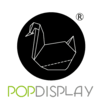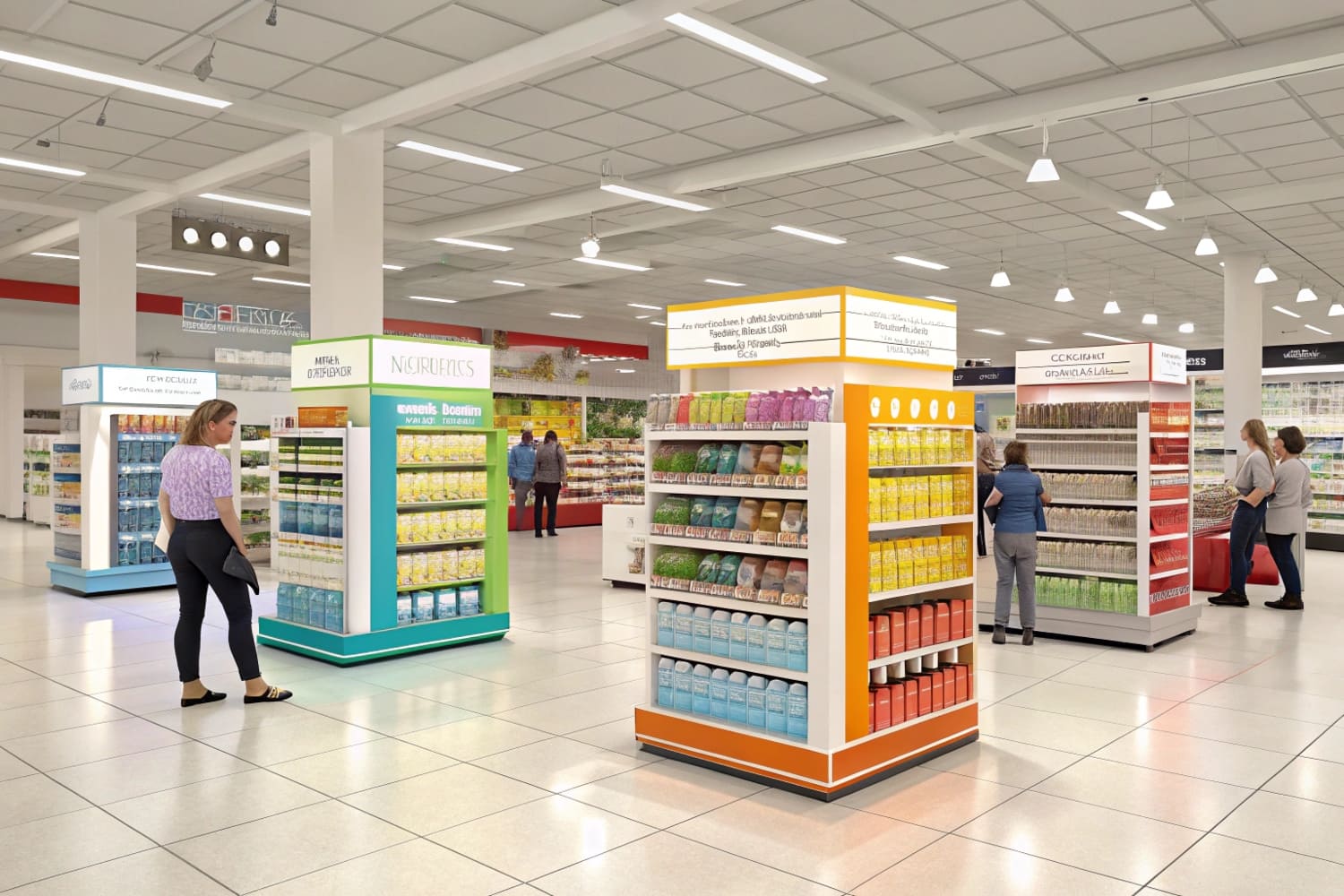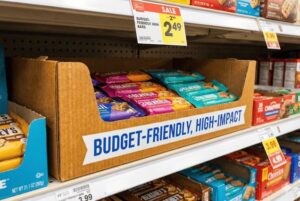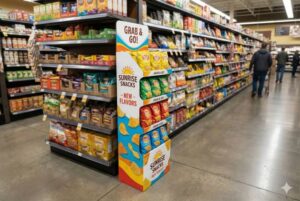I see shoppers rush past crowded aisles. I want them to stop. I want them to see the product fast. PDQ displays help me do that with less cost and less time.
PDQ displays help products sell faster because they go from box to shelf in minutes, use low-cost corrugated materials, ship flat to cut freight, support bold branding, and boost impulse buys near checkout and high-traffic zones.
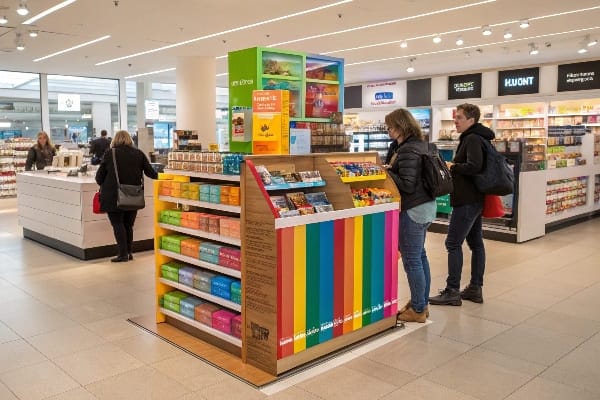
I use PDQ when a launch window is tight and the budget is fixed. The setup is simple. The message is clear. The result is repeat orders and fewer headaches for the store team.
What are the advantages of PDQ?
Retail teams are busy. My job is to reduce friction. When a display takes too long, sales drop. I design PDQ to load fast, carry weight, and tell a story in seconds.
Key PDQ advantages include speed-to-shelf, lower total landed cost, strong brand blocking, flexible sizes, recyclable materials, and reliable execution for limited-time or seasonal campaigns.
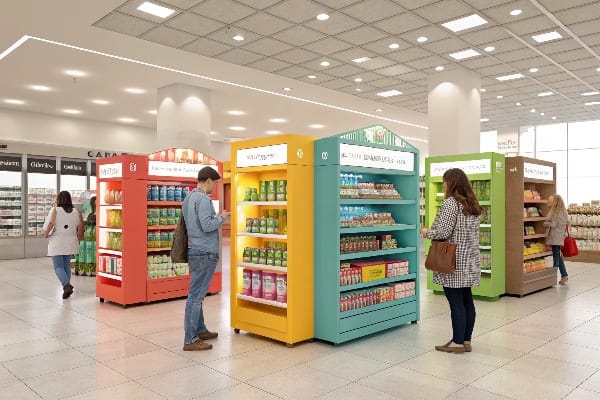
Why these advantages matter in real stores
I focus on hard results. A PDQ ships flat, so freight is light. A clerk opens the master carton, lifts the prepacked tray, and places it on a pallet, counter, or shelf. That is the moment I care about, because every extra step adds labor and risk. I build inserts and dividers so the product stands straight. I print with water-based inks1 so colors match the brand but stay eco-friendly. I choose E-flute or B-flute based on weight and cost. I add QR codes for quick training or promos. I run strength tests and drop tests in-house, since I operate three lines and I can adjust fast. Floor PDQs give strong presence, and industry data puts floor POP near half of share in some reports, so I push bold headers and clean copy. I see repeat orders when stores spend less time on setup and see fewer damages in transit.
| Advantage | What I do | Store impact |
|---|---|---|
| Speed | Prepack trays, simple locks | Faster set, less labor |
| Cost2 | Flat-pack, optimized flute | Lower freight and waste |
| Branding | Full-bleed, bold header | Better visibility |
| Sustainability3 | Recyclable board, water inks | Easier compliance |
What is PDQ display?
Many buyers ask what makes a display “PDQ.” I explain it in plain words. A PDQ is a quick-display unit that arrives ready to place, often preloaded with product.
A PDQ display is a prepacked, quick-to-set unit—often a tray, counter unit, or mini floor stand—designed to move from shipper to selling spot with minimal steps.
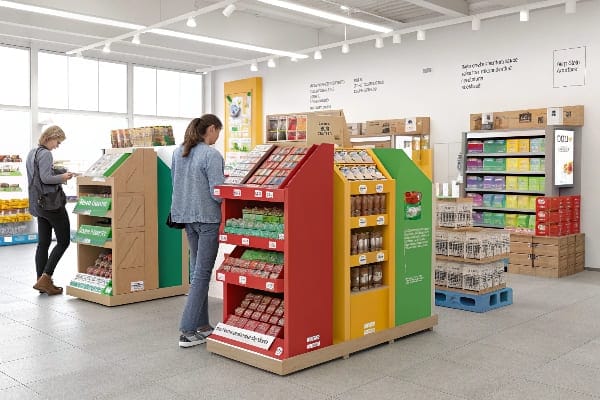
Core elements that define a PDQ
I build PDQs for grocery, outdoor, and beauty. The form changes, but the logic stays the same. The unit must go from carton to commerce fast. The die lines keep folds clean. The tuck tabs lock without tools. The artwork panel4 frames key claims in under five words. Counter PDQs sit near the point of sale for impulse items. Shelf PDQs slide into existing bays to simplify resets. Pallet PDQs5 snap onto a quarter or half pallet for big-box stores. I use scoring patterns that guide the fold so a new associate will succeed on the first try. I add a small assembly icon panel that shows three steps. I keep the footprint tight to meet planogram rules. When a U.S. buyer in outdoor sports asks for rugged feel, I add matte coatings and kraft tones to match hunting gear. I test color to avoid shifts between proof and mass runs.
| PDQ Type | Best location | Typical load | Setup steps |
|---|---|---|---|
| Counter tray6 | Checkout, service desk | Light items | Open, place, sell |
| Shelf tray | Aisle shelf | Medium SKUs | Slide in, face |
| Mini floor stand | Aisle ends | Mixed weights | Unfold, lock, stock |
| Pallet PDQ7 | Big-box floor | High units | Drop pallet, sign |
What does PDQ stand for in merchandising?
People often guess the letters. I like simple answers. In merchandising, PDQ means “Pretty Darn Quick,” a phrase that explains the purpose better than any long term.
In merchandising, PDQ stands for “Pretty Darn Quick,” which highlights fast setup, fast restock, and fast impact at the point of purchase.
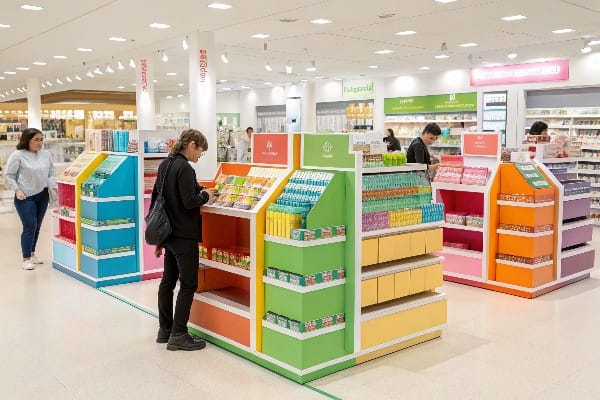
How the meaning shapes my design choices
The phrase sets my standard. If a new unit is not “pretty darn quick,” I redesign it. I test an assembly time goal8 under three minutes. I check if one person can lift and place it. I mark inner cartons to show “front” and “top,” since wrong orientation wastes time. I design the tray walls to reveal the brand mark from five feet away. I add perforated tear lines that remove cleanly, so edges look neat. I choose print finishes that resist scuffs9 during restock. I code SKUs on the rear panel for inventory. I align every choice to speed and clarity. This pays off in North America where store teams are lean and timelines are tight. It also works in Asia Pacific where growth is rapid and resets are frequent. The words are casual, but the method is strict and measurable in-store.
| “PDQ” principle | Design move | Time saver |
|---|---|---|
| Quick setup | Tool-free locks10 | Fewer steps |
| Quick read | Big header, 5-word claim | Faster choice |
| Quick restock | Open top, front stop | Less handling |
| Quick recycle | Single-material board11 | Easier backroom |
What is PDQ in business?
Buyers do not just want a box. They want a system that meets margin, deadline, and brand goals. I treat PDQ as an end-to-end business tool, not a single part.
In business, PDQ is a rapid display program that reduces total cost, speeds launches, protects branding, supports sustainability goals, and creates steady reorders through reliable execution.
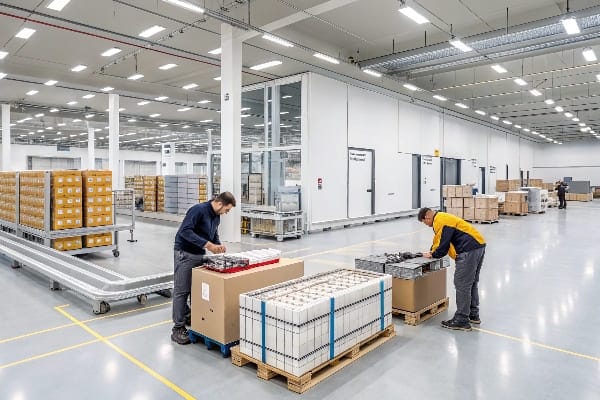
How I run PDQ as a repeatable program
I run a full-service flow. I start with quick sketches and a 3D render. I confirm messaging with the brand team. I build one prototype and allow free changes until we align. I run load and drop tests to avoid returns. I plan material with single-wall corrugated that balances cost and strength. I print with digital12 if the run is short or if we need variable data. I shift to offset for large runs to keep unit cost low. I pack units flat to cut freight. I train the store team with a one-page guide in the carton. I design for recycling because many buyers need that for policy and PR. Regions shape the plan. North America is mature and stable. Asia Pacific grows fast and values speed. Europe pushes sustainability13 and clean graphics. Floor displays often lead growth because they create visual impact, so I design headers that stand tall and straight. My outdoor clients, like hunting gear brands, ask for rugged tone, so I match wood and metal textures with simple kraft and black. When deadlines get tight, I use my three production lines to split the run and hit the ship date.
| Business goal | PDQ lever | What I measure |
|---|---|---|
| Faster launch14 | Prepack, flat-pack | Setup minutes |
| Lower cost | Optimized flute, nesting | Freight per unit |
| Brand power | Color accuracy, big headers | Read from 5–10 ft |
| Sustainability15 | Recyclable board, water inks | Waste reduction |
| Reliability | In-house testing, clear SOP | Damage rate |
Conclusion
PDQ displays work because they remove friction. They set fast. They tell a clear story. They cut waste. They help launches land on time and on budget.
Explore the advantages of water-based inks for eco-friendly packaging solutions that align with modern sustainability practices. ↩
Learn about the cost-saving advantages of flat-pack designs and their impact on freight and waste. ↩
Explore how recyclable materials can enhance your brand’s sustainability efforts and compliance. ↩
Discover why an effective artwork panel is crucial for capturing consumer attention and conveying key product information. ↩
Explore this link to understand how Pallet PDQs enhance product visibility and sales in big-box stores. ↩
Explore how Counter trays can enhance customer experience and boost sales at checkout. ↩
Learn strategies for maximizing visibility and sales with Pallet PDQs in big-box stores. ↩
Understanding assembly time goals can enhance efficiency in design, making your products quicker to assemble and more user-friendly. ↩
Exploring effective print finishes can improve the durability of your designs, ensuring they maintain a professional appearance during restocking. ↩
Explore how tool-free locks can enhance efficiency and ease of use in various applications. ↩
Learn about the environmental benefits and practicality of single-material boards for sustainable design. ↩
Explore how digital printing can enhance your packaging process with flexibility and efficiency. ↩
Learn effective strategies for incorporating sustainability into your packaging to meet consumer demands. ↩
Explore effective strategies to accelerate your business launch and gain a competitive edge. ↩
Discover innovative approaches to enhance sustainability in packaging, benefiting both the environment and your brand. ↩
